There are a lot of reasons you might want to put your dog in daycare. If you have an unpredictable schedule or work long hours, you may have to leave your dog at home for large chunks of time. Maybe your puppy is hyperactive and needs more hands-on attention and stimulation throughout the day. Perhaps you have a dog that has separation anxiety, and he needs more opportunities to socialize with other pups and learn to play without you around. Doggy daycare can provide dogs with exercise, playtime, mental stimulation, and, if applicable, special care.
But what exactly is doggy daycare, and what type of doggy daycare is best? Do doggy daycare centers have health and vaccination requirements? How do you find a reputable doggy daycare in your area, and how much does it cost? Will your dog thrive in daycare?
Here is what you need to know before you enroll your dog in daycare.
WHAT IS DOGGY DAYCARE?
In a nutshell, doggy daycare is just what it sounds like: a place that takes care of your pup until you can pick him up on your way home. For most dogs, it is a great alternative to being left in a crate or confined to one room for 4-5 hours per day. Doggy daycare offers nutritious and delicious meals, supervised playtime that suits each dog, a safe space to relax, and scheduled potty breaks. Dogs are also put into playgroups and rotate between indoor and outdoor play areas. Some doggy daycares even have add-on medication, grooming, and/or training services.
TYPES OF DOGGY DAYCARE
There are 2 types of doggy daycare: commercial doggy daycare and in-home doggy daycare.
COMMERCIAL DOGGY DAYCARE
Commercial doggy daycares are best for well-socialized pups that enjoy being around other dogs. That is because there might be 20-40 dogs on campus each day. Some doggie daycare centers have indoor swimming pools or kiddy pools filled with plastic balls. They might be equipped with webcams, where you can watch your dog having fun with his canine friends throughout the day. They also have a fenced-in outdoor area with pet-drinking fountains, climbing boulders, and jump hurdles. Trained staff members may also take dogs on off-leash hikes or group field trips.
IN-HOME DOGGY DAYCARE
In-home doggy daycares are run by one or two people and only take in a few dogs at a time. This might be a good option if you have a rambunctious puppy who needs extra play sessions, or an arthritic senior dog who needs extra health care or specialized equipment like pet stairs. While there is less space for your dog to run and play, in-home doggy daycare offers him one-on-one attention.
DOGGY DAYCARE ADD-ON SERVICES
Most commercial doggy daycare centers have add-on medical, grooming, training, and/or overnight services.
MEDICAL SERVICES
Many doggy daycare businesses have add-on services for dogs that need extra medical care. These services cost extra. For example, Play All Day Doggie Daycare in Delaware County, Ohio charges $1 for oral and topical medications and $5 for injections. Medications have to be in their original packaging and accompanied by a vet’s dosage recommendation. If your dog needs bandage changing, hand feeding, insulin injections, or walking assistance, contact the doggy daycare center to see if there will be any additional fees.
GROOMING SERVICES
Many professional doggy daycare centers offer spa and grooming services. They may include anal gland expression, ear cleaning, nail trimming, tooth brushing, and sanitary trims. Some doggy daycare businesses will even give your dog a blueberry facial, an aromatherapy skin treatment, or temporary hair stencils while he is at daycare.
TRAINING SERVICES
Many doggy daycares have on-campus training programs. They teach basic commands like come, down, and sit. They may also teach your dog how to walk on a leash (with management equipment such as a no-pull harness or a gentle leader head harness). They may tackle common behavioral problems such as nipping and jumping. Most training programs also give your dog a daily report card, so you can practice the skills he is struggling with at home.
OVERNIGHT BOARDING FEES
Most doggy daycare facilities will keep your dog overnight for a separate fee. If you cannot pick your pup up before the daycare closes, a $35-$50 overnight fee may be automatically applied.
DOGGY DAYCARE HEALTH AND VACCINATION REQUIREMENTS
To ensure the health and safety of every dog and staff member, most reputable doggy daycare centers will want you to comply with the following health and vaccination requirements:
TEMPERAMENT TESTING
Most doggy daycares require a temperament test before your pup is allowed to play in a group with other dogs. It may include an initial phone interview, followed by an in-person interview where the doggy daycare owner looks at the initial intake paperwork and answers any questions. The 30-minute behavior evaluation also may include taking your dog to another room to see how he behaves around a calm and interactive “tester” dog and/or bringing in food and toys to see if he lunges, growls, or bites. Some dog daycare facilities charge a non-refundable $30 fee for temperament testing, but others offer it for free.
SPAY AND NEUTER
Most doggy daycare centers will ban puppies that haven’t been spayed/neutered by 6 months of age. That is because dogs that have not been fixed are more likely to get pregnant or impregnate other dogs. Unneutered males may also mount other dogs when they are excited or to show that they rank higher in the pack. Anxious, nervous, and shy dogs may mount playmates to deal with stressful situations.
PARASITE PREVENTION
Most doggy daycares will require all the dogs in their care to be on year-round parasite prevention. Make sure your dog uses flea and tick, heartworm, and intestinal worm preventatives to avoid getting or spreading disease-causing parasites.
VACCINATIONS
- Bordetella Vaccine: If your dog attends doggy daycare or is being boarded, this non-core vaccine is very important. The Bordetella vaccine protects your dog against a highly infectious upper respiratory infection called kennel cough. It can be spread when a sick dog sneezes, barks, coughs, or sheds skin. Kennel cough can be picked up from bedding, dog apparel, food and water bowls, and pet carriers. Doggy daycares require the Bordetella vaccine to be given to your dog every 6-12 months.
- Canine Influenza Virus Vaccine: This non-core vaccine keeps your dog from getting the flu. The contagious respiratory disease causes human flu symptoms like coughing, a runny nose, and fever. Your pup needs a dog flu vaccine every year. Ideally, it should be completed at least 2 weeks before he starts daycare.
- DHPP Vaccine (aka DAPP): This core combination vaccine protects your puppy against distemper, infectious hepatitis, kennel cough, and parvovirus. After the initial series at 6-, 12-, and 16 weeks old, your dog will need a booster shot every 1 or 3 years.
- Leptospirosis Vaccine: This non-core vaccine protects your puppy from Leptospirosis. This bacterial infection can cause kidney and liver damage, lung disease, meningitis (the swelling of protective membranes covering the brain and spinal cord), and even death. Puppies at risk of contracting leptospirosis can receive their first shot at 12 weeks and a booster 2-4 weeks later.
- Rabies Vaccine: The rabies vaccine is generally given to puppies before 16 weeks of age and boosted every 1 or 3 years, depending on state laws and the vaccine that was used.
HOW TO FIND A DOGGY DAYCARE IN YOUR AREA
Ask your friends, family, and neighbors for personal recommendations. And do not forget to also ask your veterinarian, local pet supply shop, and/or social media connections for suggestions. When you get recommendations, look them up on internet rating and review sites like Angie’s List, the Better Business Bureau, or Yelp. And Google the name of the doggy daycare center and its owners.
THE COST OF DOGGY DAYCARE
The cost of doggy daycare is influenced by a few factors, and it starts with where you live. Just as the cost of living varies by state, you can expect bigger cities like NYC and other popular travel destinations to have higher prices and smaller cities to have cheaper prices. Live in a rural area? You may also see higher prices. There are not as many doggy daycares in rural areas to choose from, so they can charge higher prices without worrying about being undercut by their competitors.
Whether you leave your dog in daycare for a full- or half-day will also affect the price. Generally, rates do not double if your dog goes to daycare for half a day instead of a full day. Rather, the cost gradually increases.
Here are some examples of what a half and a full day costs:
K-9 University in Plano, Texas
- Full day: $28
- Half day: $17
Dog Days of New York in New York, New York
- Full day: $58
- Half day: $48
If you know your dog is going to need ongoing care, daycare packages are the cheapest overall. While the upfront price is more than an individual session, the cost per day drops when you purchase a daycare package.
Using the doggy daycares listed above, here is how this works:
K-9 University
- 10 full days: $230
- A $50 savings over purchasing individually
- 30 full days: $302
- A $240 savings
Dog Days of New York
- 30 full days: $840
- A $900 savings over purchasing individually
- 30 half days: $660
- A $780 savings
IS DOGGY DAYCARE A GOOD FIT FOR YOUR DOG?
Doggy daycare is not a one-size-fits-all solution. Before you enroll your dog in daycare, answer these questions:
- Does my dog like big groups, or does he prefer to be alone?
- Does my hyperactive dog refuse to follow basic obedience commands? Does he try to play with other dogs by biting their necks or jumping on them?
- Does my dog have special needs like our beautiful four-legged friend Winston that require special attention and/or one-on-one care?
- What’s my dog’s activity level? Does he get riled up if too much is going on, or does he tire out easily?
- Will my highly intelligent dog get bored and into trouble?
- Do I want to breed my dog in the future? Will other dogs attack my unneutered male dog if they think he is a threat?
- Is my dog shy and too scared to make decisions? Will he trigger an immediate negative reaction from other dogs?
If your dog is aggressive, shy, or highly intelligent, he may not thrive in a doggy daycare setting. Is your dog already attending doggy daycare? If he seems stressed at the end of the day or has to be dragged to the door in the morning, switch him to shorter or quieter days. If these changes do not work, consider hiring a dog walker or pet sitter instead.
CONNECT WITH US
Follow DJANGO Dog Blog on Instagram, Facebook, YouTube, and Pinterest. You can also learn more about our long-haired dachshund Django here.

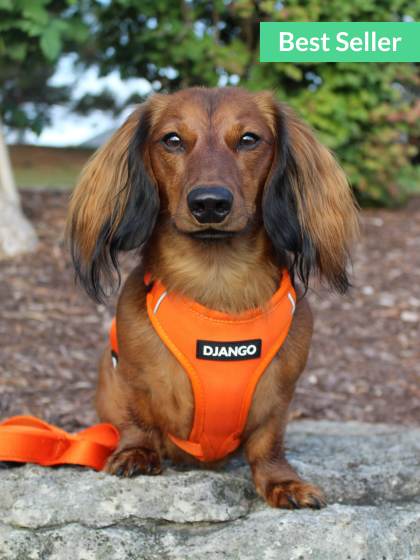
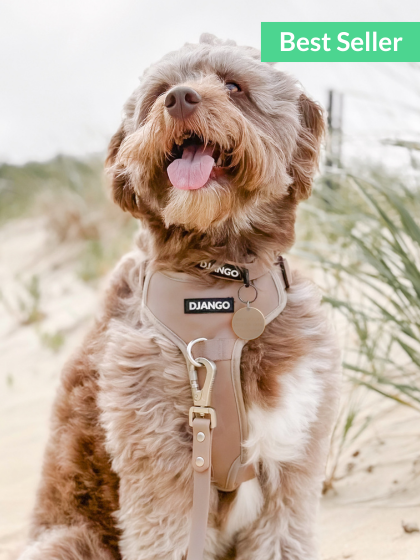
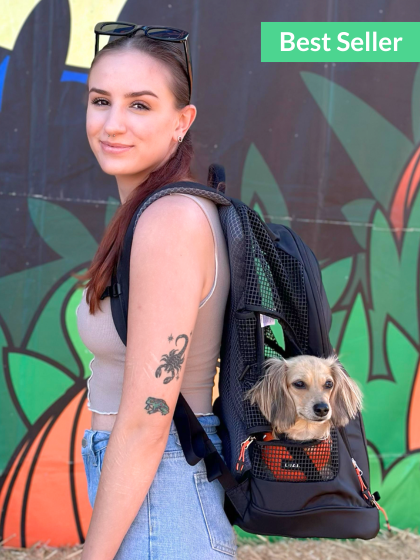
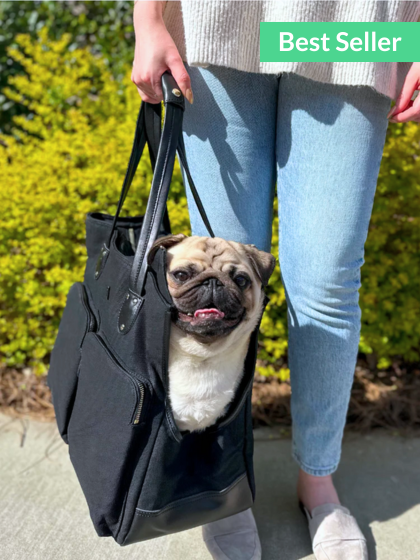
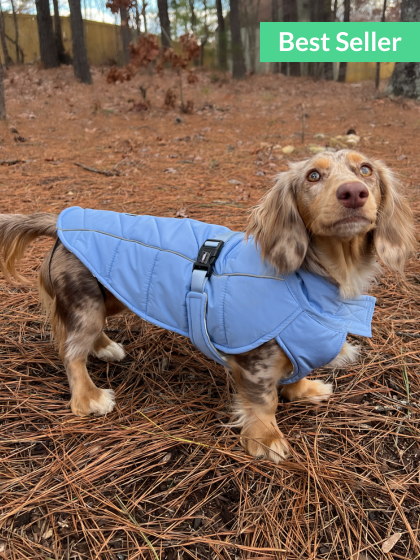
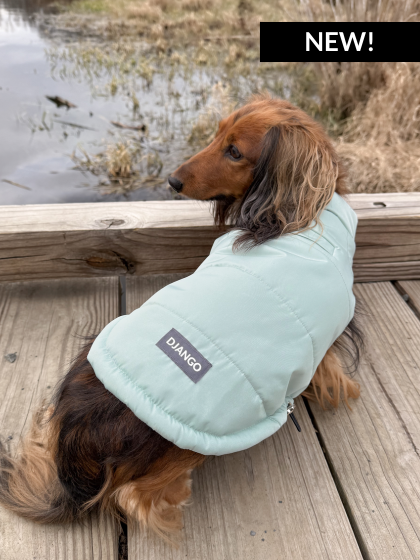
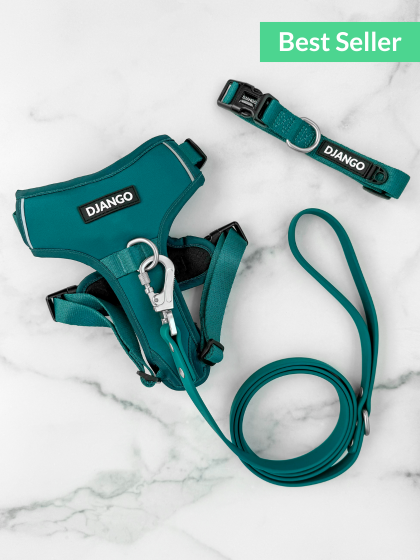
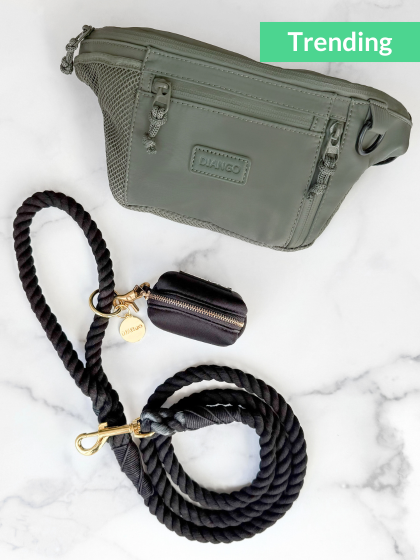
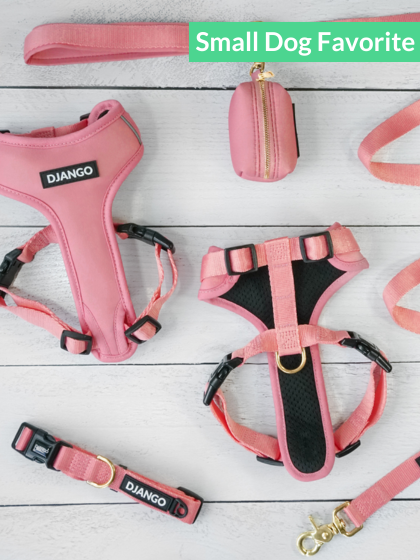
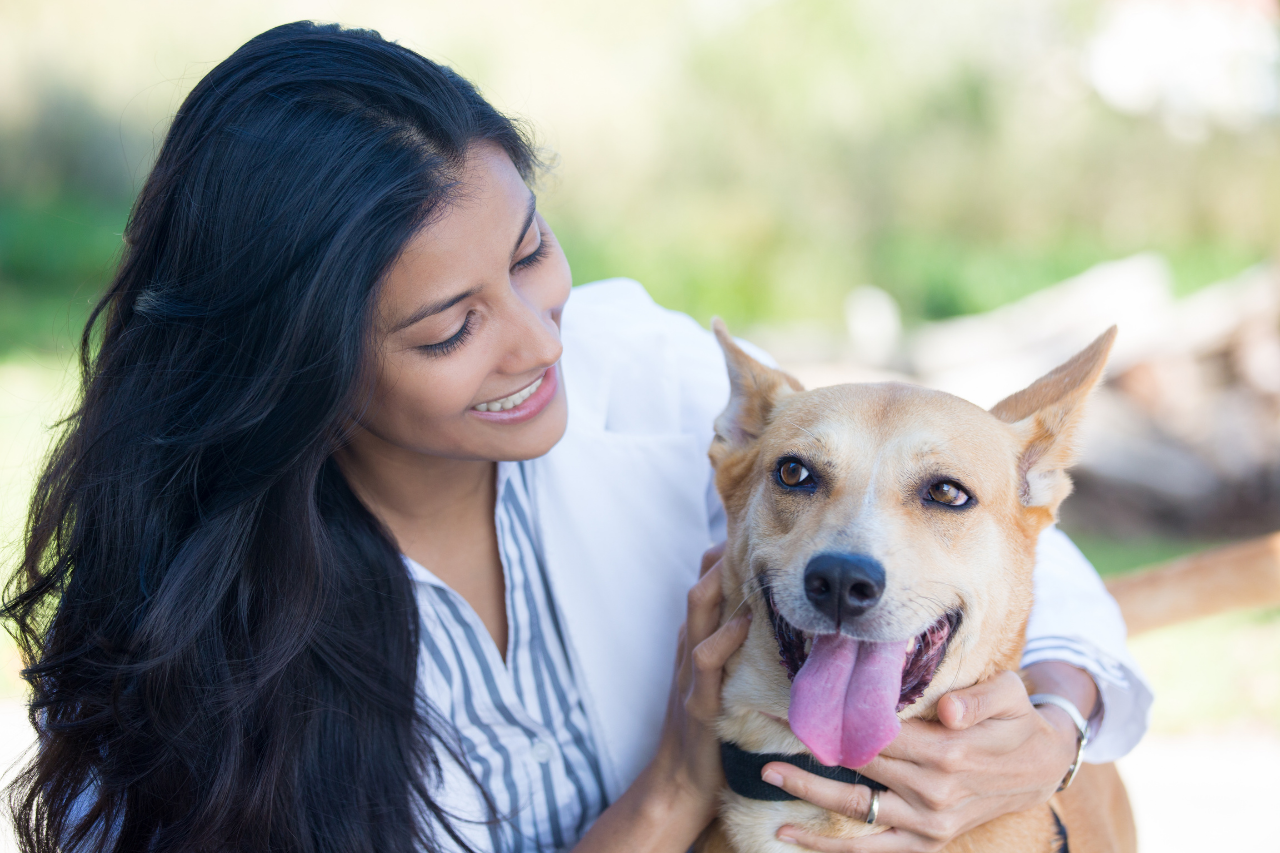
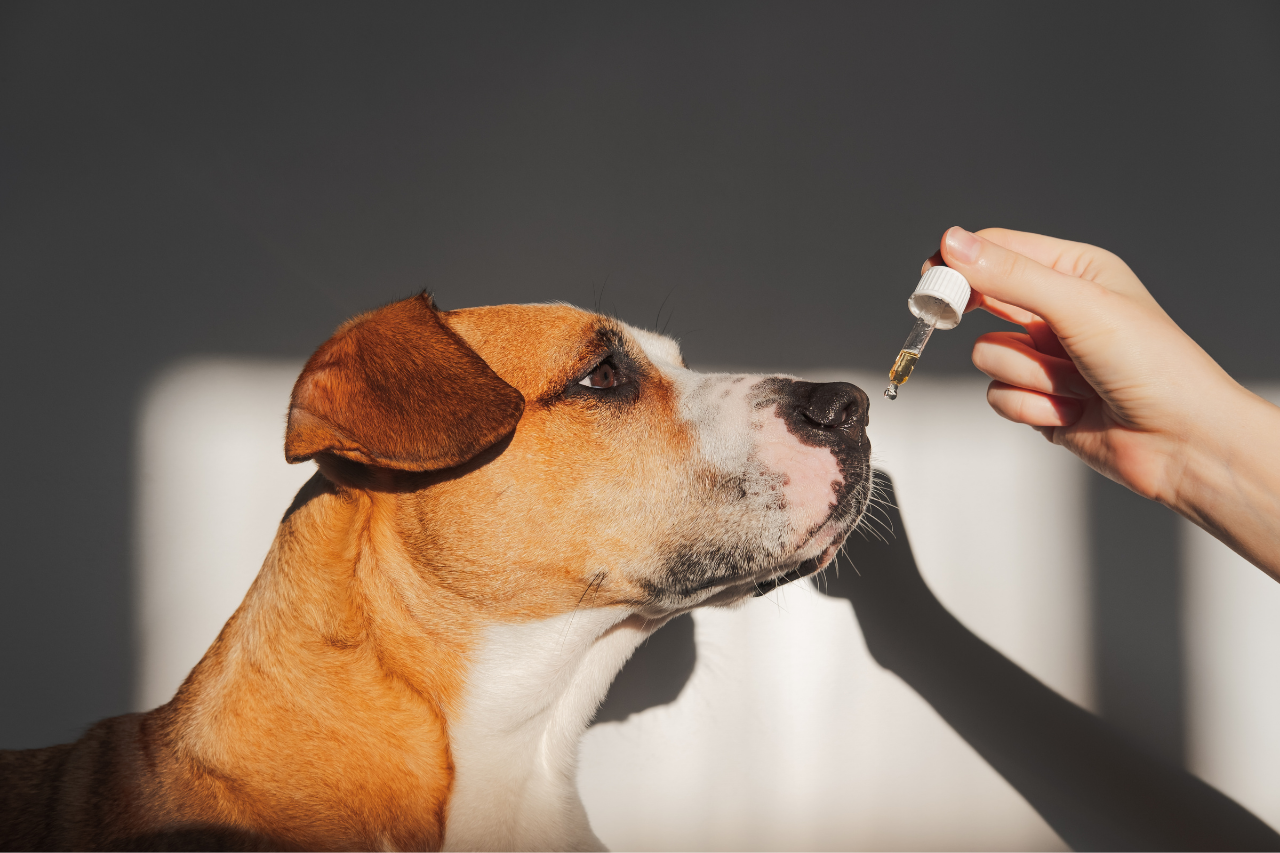
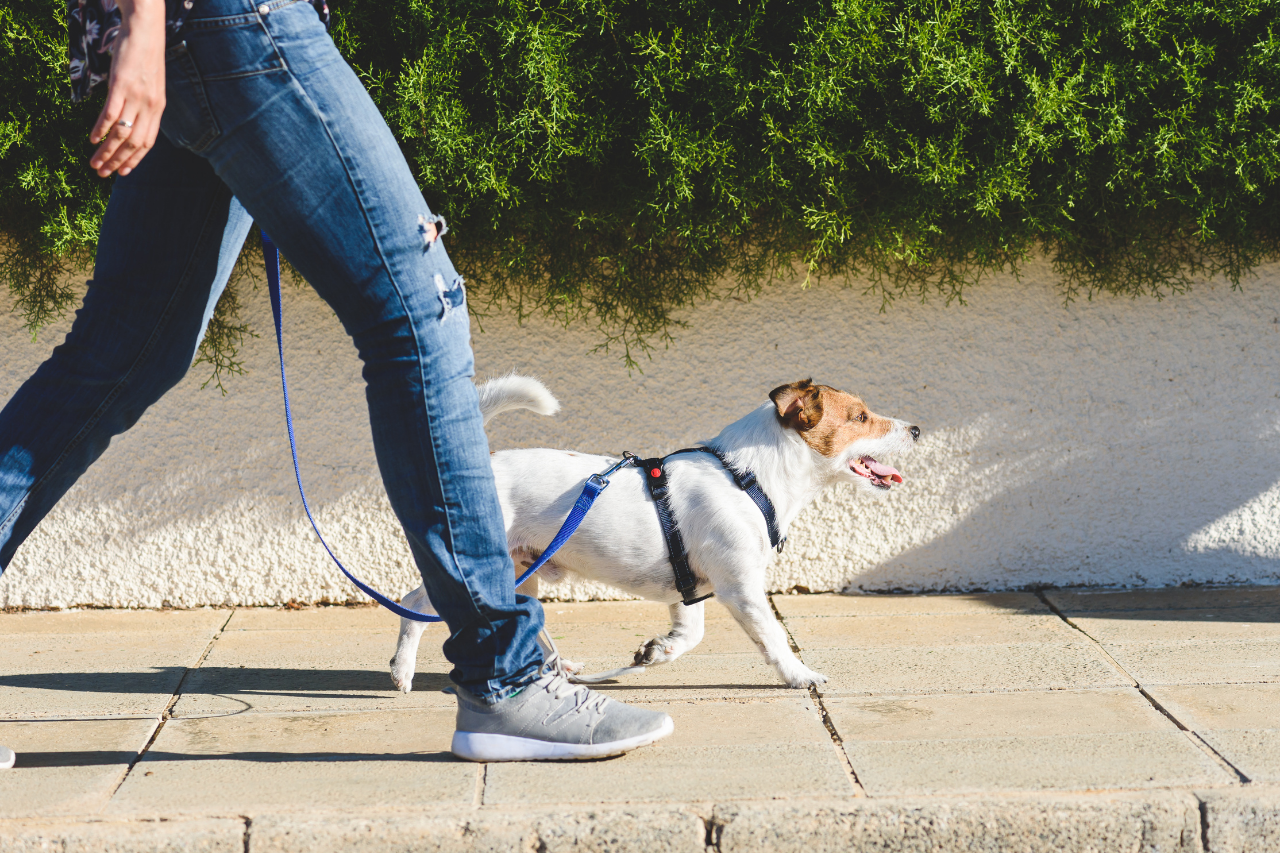
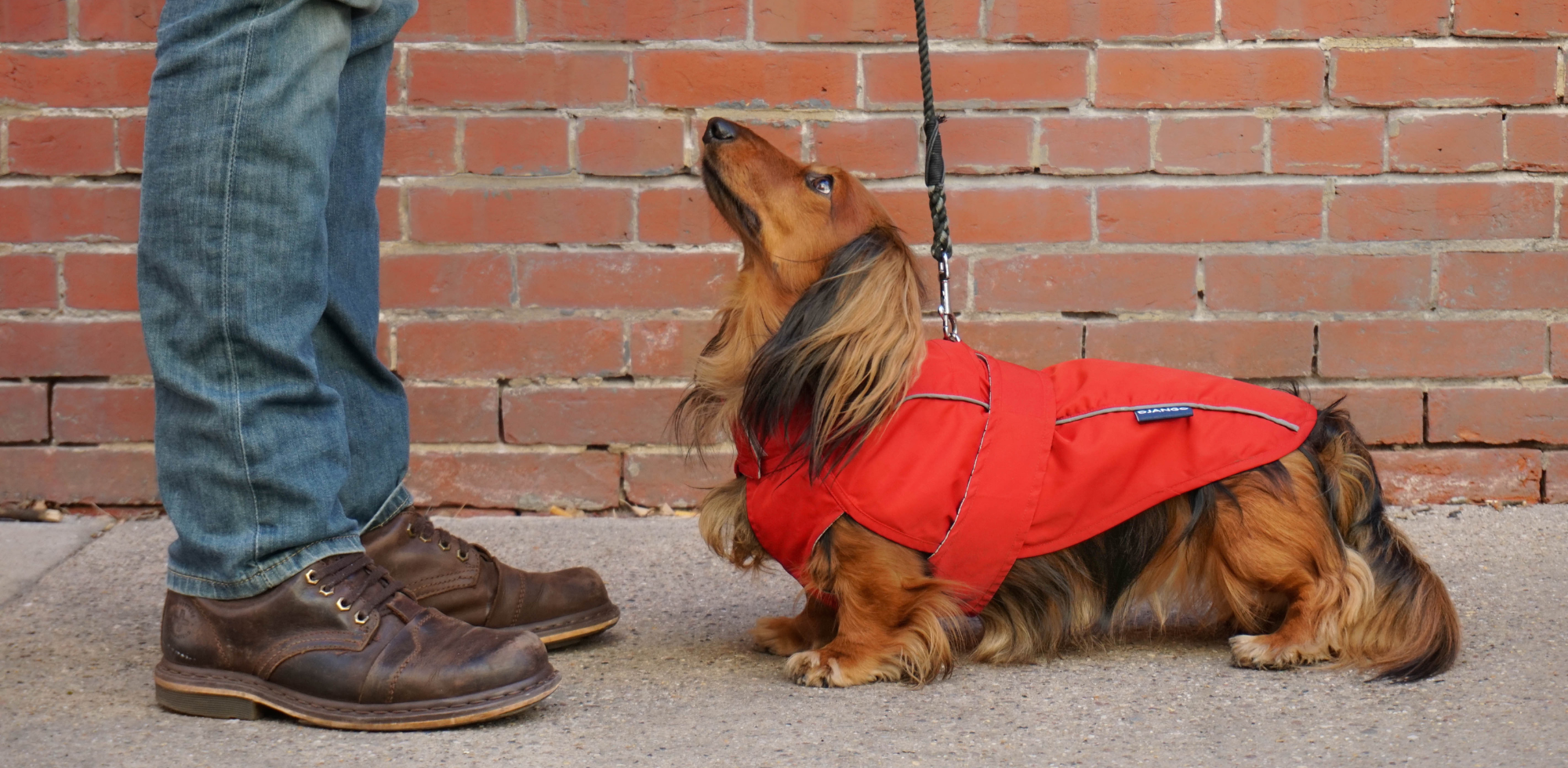
7 comments
Alex
“Your post on pet care is a fantastic resource for all pet owners! The comprehensive tips you’ve provided are invaluable for ensuring our furry companions lead healthy and happy lives. I particularly appreciate how you’ve covered everything from nutrition to grooming and even behavioral advice. As someone who’s passionate about pet well-being, I’m thrilled to have stumbled upon your article. Keep up the great work in spreading awareness about responsible pet care. 🐾 #PetCareExpert”
🐾 #PetCareExpert"
“Your post on pet care is a fantastic resource for all pet owners! The comprehensive tips you’ve provided are invaluable for ensuring our furry companions lead healthy and happy lives. I particularly appreciate how you’ve covered everything from nutrition to grooming and even behavioral advice. As someone who’s passionate about pet well-being, I’m thrilled to have stumbled upon your article. Keep up the great work in spreading awareness about responsible pet care. 🐾 #PetCareExpert”
🐾 #PetCareExpert"
Elle Jones
I’ll soon be spending a full day running errands, but I’ve been concerned about leaving my dog in my apartment alone with no one to watch after her. It’s comforting to know that a dog daycare can provide supervised playing and wholesome food for one’s dog for a while. Maybe I should explore our neighborhood for a city dog country daycare that will gladly accept my dog till I can pick her up after my errands are finished. https://www.thecatsmeowmichiana.com/boarding
I’ll soon be spending a full day running errands, but I’ve been concerned about leaving my dog in my apartment alone with no one to watch after her. It’s comforting to know that a dog daycare can provide supervised playing and wholesome food for one’s dog for a while. Maybe I should explore our neighborhood for a city dog country daycare that will gladly accept my dog till I can pick her up after my errands are finished. https://www.thecatsmeowmichiana.com/boarding
Taylor Abrams
I didn’t know that many reputable dog daycare facilities offered spa and grooming services. I also had no idea that they may also involve sanitary trims, ear cleaning, nail clipping, and the expression of the anal glands. We’re going on vacation in a week, so I’ll pass this along to my buddy who needs to locate the best dog daycare in our neighborhood! Thanks. https://www.barkcentral.com/daycamp.php
I didn’t know that many reputable dog daycare facilities offered spa and grooming services. I also had no idea that they may also involve sanitary trims, ear cleaning, nail clipping, and the expression of the anal glands. We’re going on vacation in a week, so I’ll pass this along to my buddy who needs to locate the best dog daycare in our neighborhood! Thanks. https://www.barkcentral.com/daycamp.php
Zoe Campos
I’ll be busy running errands for a full day soon, but I’ve been worried about leaving my dog alone in my apartment with no one to take care of her. It’s good to know that a doggy daycare can take care of one’s dog for a while with supervised playtime and nutritious meals. Maybe I should look for city dog country daycare in our area that would kindly take my dog in until I can pick her up again after my errands are completed. https://tribecapet.com/services-pricing/
I’ll be busy running errands for a full day soon, but I’ve been worried about leaving my dog alone in my apartment with no one to take care of her. It’s good to know that a doggy daycare can take care of one’s dog for a while with supervised playtime and nutritious meals. Maybe I should look for city dog country daycare in our area that would kindly take my dog in until I can pick her up again after my errands are completed. https://tribecapet.com/services-pricing/
Georgina Mckenzy
I will be away in our apartment for two weeks for our company’s annual outing. For this reason, I will place my dog in a dog daycare so that someone will look after the pet while I am away. As you said, dog daycare is a place that takes care of our pups until we can pick them up on our way home. https://houndlounge.com/small-dog-daycare/
I will be away in our apartment for two weeks for our company’s annual outing. For this reason, I will place my dog in a dog daycare so that someone will look after the pet while I am away. As you said, dog daycare is a place that takes care of our pups until we can pick them up on our way home. https://houndlounge.com/small-dog-daycare/
Henry Killingsworth
I appreciate the advice you shared about asking friends and family for recommendations when trying to find a doggy daycare. My wife and I are planning on traveling for our anniversary during my fall break and we don’t want to take our dog with us. We will have to talk to our neighbors that have dogs and see if they have any daycares they recommend. https://www.barkhotelfordogs.com/playcare
I appreciate the advice you shared about asking friends and family for recommendations when trying to find a doggy daycare. My wife and I are planning on traveling for our anniversary during my fall break and we don’t want to take our dog with us. We will have to talk to our neighbors that have dogs and see if they have any daycares they recommend. https://www.barkhotelfordogs.com/playcare
Autumn Swan
I love how you pointed out the differences between commercial and in-home daycare. And how one of them is a good option if your dog loves to play or if you have a pet that needs extra Health Care. We will be going out of town next week, and we’re looking for a daycare center where we could leave our pet; we want to ensure that we find the right one. Thank you for sharing this article He will surely share this with my partner and see what she thinks about the daycare option for our pet
I love how you pointed out the differences between commercial and in-home daycare. And how one of them is a good option if your dog loves to play or if you have a pet that needs extra Health Care. We will be going out of town next week, and we’re looking for a daycare center where we could leave our pet; we want to ensure that we find the right one. Thank you for sharing this article He will surely share this with my partner and see what she thinks about the daycare option for our pet